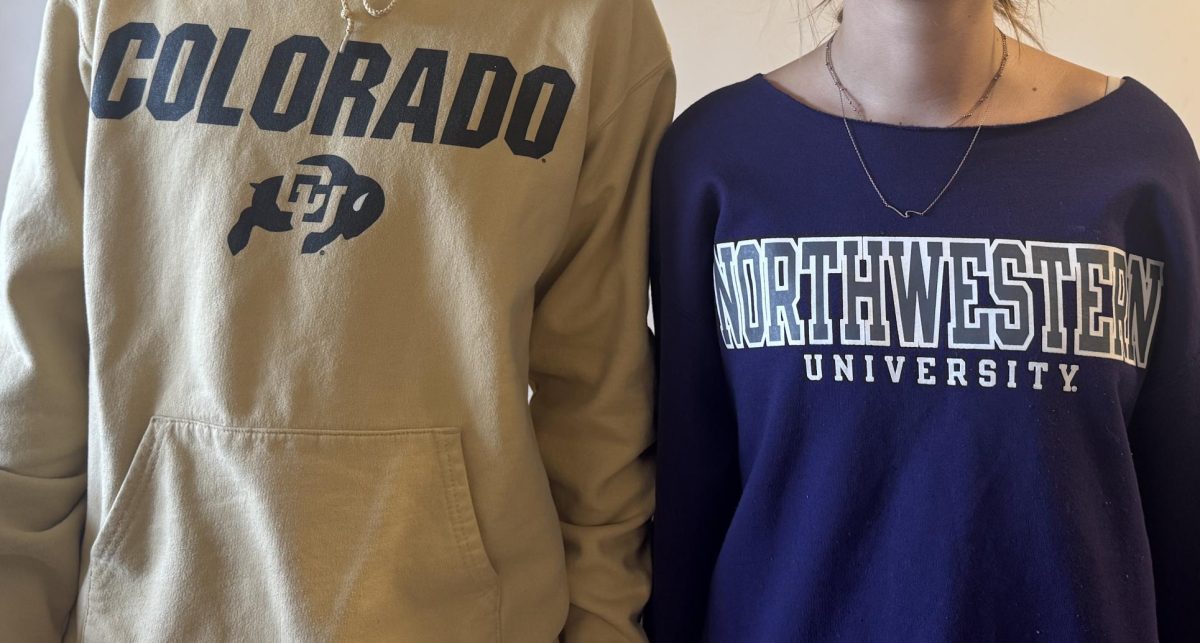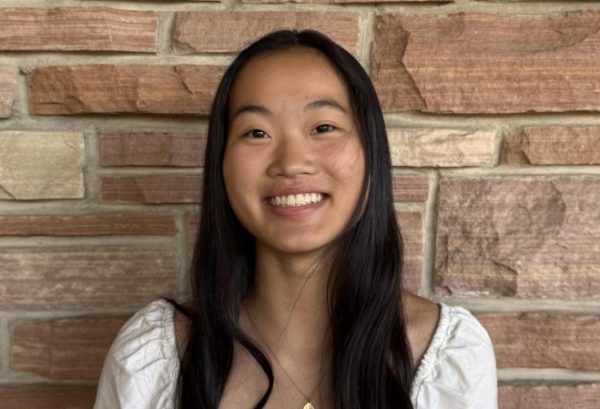Whether someone is neck-deep in the process of college applications or has yet to begin, one thing is clear: as the college admissions season fully ramps up, we must keep our wits about us and our heads on straight, even when times seem insurmountably overwhelming. Whether the goal is to go to a community, local, private, public, or international college, the hoops to get there seem to increase every year according to reports from the National Association for College Admission Counseling.
Acceptance rates, especially at elite colleges, have plummeted over the last two decades. Selective institutions like Harvard, MIT, and Princeton have dropped to admitting fewer than 5% of applicants, a stark contrast to the 10-20% rates that were common just fifteen or twenty years ago. There are many reasons for this: the explosion of applications driven by platforms like the Common App; students hedging their bets by applying to more schools; and persistent myths about the singular value of a “top” college education. This arms race for prestige has inflated the entire process, making it harder for applicants to stand out and even harder to interpret what it means to be “successful” to both applicants and admissions. Yet, while some factors like grades and test scores still matter, others—often out of a student’s control—carry significant weight.
Legacy admissions, for example, continue to play a significant role at many elite institutions. Being the child of alumni can grant an applicant a sizable advantage, even in today’s supposedly “holistic-review” landscape. Networking, access to resources, and the ability to pay also quietly shape outcomes, meaning colleges often welcome more students from well-off backgrounds than from low-income families (National Center for Education Statistics), regardless of talent or potential.
The privilege associated with simply attending college, and especially attending a prestigious one, exposes stark socioeconomic discrepancies. Students from higher-income households often enjoy better counseling, more extracurricular opportunities, and a financial safety net that lets them apply early decision, boosting their odds even further. Meanwhile, low-income and first-generation applicants face far more obstacles, both obvious and subtle, throughout the admissions gauntlet.
Today’s students also contend with a new brand of exhaustion: consolidating and crafting application packages. With so many schools now using the same platforms and essays, students are caught in a seemingly endless cycle of writing, repurposing, and optimizing every word for an invisible, unpredictable audience. This has fueled a toxic “achievement” culture, locking students into a mindset that equates their self-worth and future prospects solely with the judgment of a few admissions officers. Word counts keep changing, such as the section, “Additional Information,” where students can add any vital information that would explain something about their application. This year’s 2025-26 application season, the word limit for this supplement went from 650 words to 300, a major decrease that limits students’ ability to explain any discrepancies or mental challenges that may have impacted their application.
But buried beneath the frenzy lies an essential truth: There is no universally “good” or “best” school, only the best school for each individual’s unique dreams, needs, and path. The relentless drive for brand names has blinded many to the real purpose of higher education, which is to foster growth, discovery, and genuine fit, not to stamp the meaning out of the wonderful gift of education, and furthermore, life at that. More than ever, it’s vital to remember that college, while valuable, is only one route to personal and professional fulfillment—and that true success is as varied as the paths to get there.



